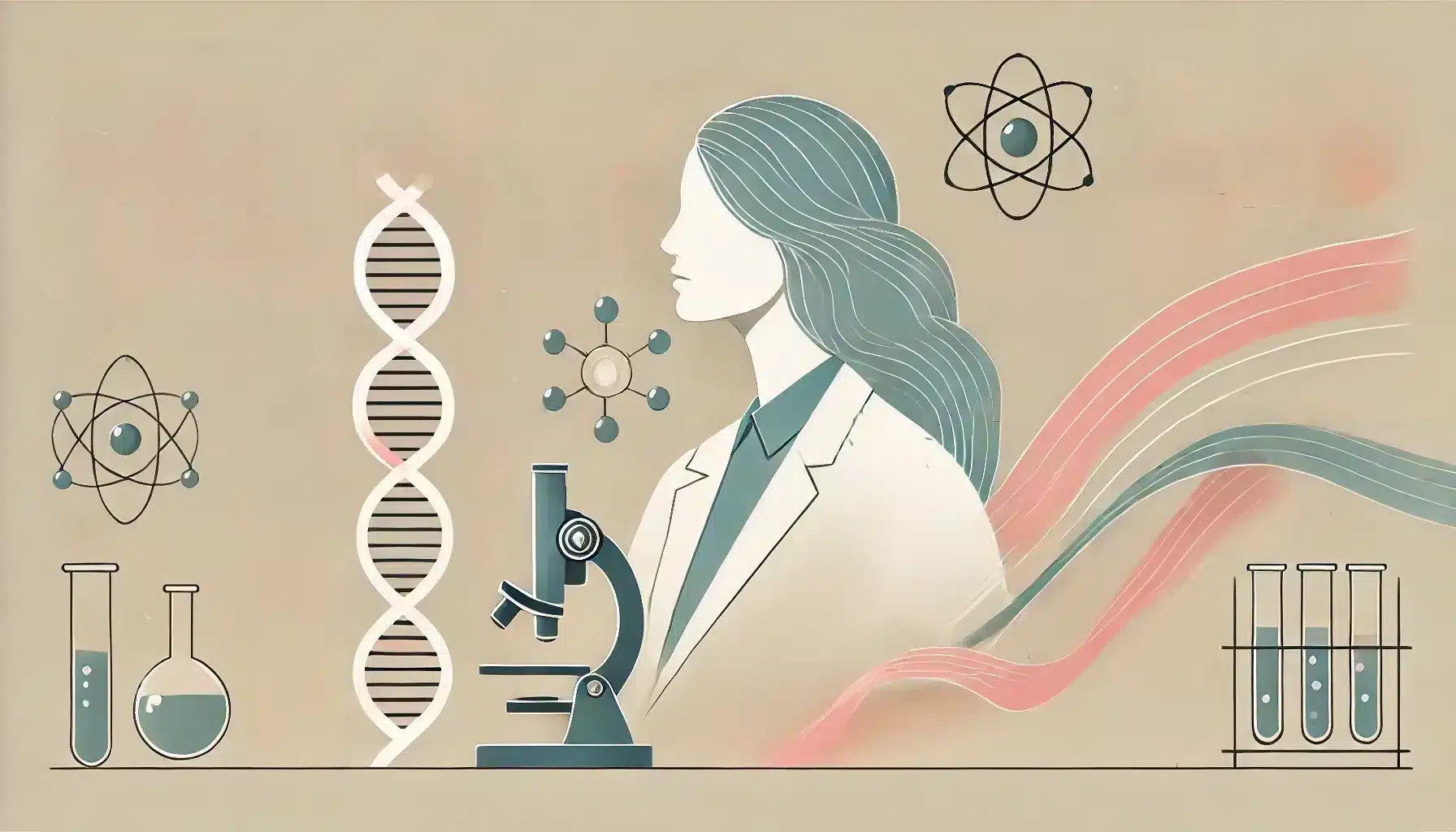What is the International Day of Women and Girls in Science?
The International Day of Women and Girls in Science, observed annually on February 11th, is a global initiative established by the United Nations to promote gender equality in science, technology, engineering, and mathematics (STEM). The day highlights the vital contributions of women and girls in scientific fields and aims to inspire equal access and participation in science for all.
History and Origin
The International Day of Women and Girls in Science was established by the United Nations General Assembly on December 22, 2015, through Resolution A/RES/70/212. The first observance took place on February 11, 2016. This day was created to address the persistent gender gap in STEM fields, where women and girls are significantly underrepresented.
The initiative aligns with the 2030 Agenda for Sustainable Development, emphasizing the role of gender equality in achieving global progress. By celebrating this day, the United Nations aims to encourage more women and girls to pursue education and careers in STEM, fostering diversity and innovation in these critical fields.
Who Celebrates the International Day of Women and Girls in Science?
- Educational Institutions: Organize workshops, events, and lectures to inspire girls to explore STEM fields.
- Government and Policy Makers: Develop and promote policies to ensure equal opportunities in science and technology sectors.
- Non-Governmental Organizations (NGOs): Advocate for women’s and girls’ rights in education and professional scientific communities.
- Scientific Communities and Research Institutions: Highlight the achievements of women in science and create inclusive research environments.
- General Public: Participate in activities and discussions that promote awareness about the importance of gender equality in STEM.
Themes and Slogans
Each year, the International Day of Women and Girls in Science focuses on themes that address gender disparities and global challenges in STEM. These themes provide a framework for activities, discussions, and initiatives.
A popular slogan for the day is:
“Science is better with women.”
Colors, Symbols, and Patterns
Colors
- Purple: Represents gender equality and women’s empowerment.
- White: Symbolizes purity and the pursuit of knowledge.
- Green: Reflects growth, learning, and progress in science.
Symbols
- Female Scientist Icon: Represents women in lab coats or with scientific instruments, highlighting their presence in STEM fields.
- STEM Icons: Depict elements like atoms, test tubes, and gears, symbolizing various scientific disciplines.
- Equality Sign: Emphasizes the goal of achieving gender equality in science.
Patterns
- Geometric Designs: Reflect the precision and structure inherent in scientific fields.
- Circuit Patterns: Symbolize technology and innovation.
- DNA Helix Motifs: Represent biological sciences and the essence of life.
How to Celebrate the International Day of Women and Girls in Science
- Organize educational workshops to inspire girls and women to pursue careers in STEM.
- Highlight the achievements of female scientists by sharing their stories and contributions.
- Promote mentorship programs that connect aspiring girls with experienced female scientists.
- Participate in discussions and forums that address strategies to reduce gender disparities in science.
- Raise awareness on social media by sharing relevant content and using trending hashtags.
Most Used Hashtags
- #WomenInScience
- #GirlsInSTEM
- #WomenInSTEM
- #ScienceForAll
- #STEMEquality
Why is the International Day of Women and Girls in Science Important?
This day is critical for recognizing and addressing the gender disparities in scientific fields. By promoting equal access to education and opportunities in STEM, societies can benefit from the full potential of both men and women, leading to more innovative and inclusive advancements. The observance aligns with global efforts to achieve gender equality and empower women and girls, as outlined in the United Nations’ Sustainable Development Goals.
The day also celebrates the achievements of women in science, serving as an inspiration for future generations. By challenging stereotypes and fostering inclusion, it paves the way for a more equitable and prosperous future in science and beyond.
Features
February 11: Day of Women and Girls in Science
Why do you keep falling for the same type?
Read the article Lovemaps: the hidden blueprint of our love.

